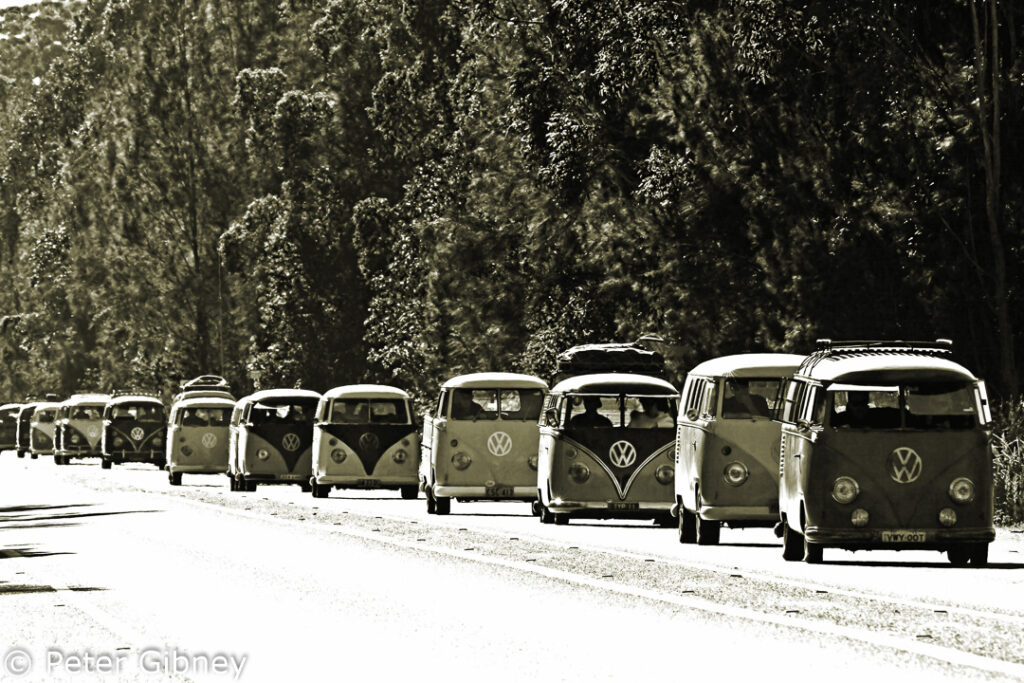
The Evolution of the VW Van: A Symbol of Freedom and Adventure
The Evolution of the VW Van: A Symbol of Freedom and Adventure
The Volkswagen van, affectionately known as the “Type 2,” has been a beloved companion to surfers, hippies, and free spirits for over six decades. This iconic vehicle has undergone a remarkable transformation, from its humble beginnings as a simple transportation solution to its current status as a symbol of freedom, adventure, and alternative lifestyles. However, the origins of the VW van can be traced back to an even earlier model – the Type 1, more commonly known as the “Splittie.”
The Early Years: 1950s-1960s
The Type 1, or Splittie, was built on the same chassis as the iconic Volkswagen Beetle. Introduced in 1949, the Splittie was designed as a versatile, practical vehicle for both commercial and personal use. With its distinctive split-windshield design, the Type 1 van quickly became a popular choice among tradesmen, small businesses, and the early adopters of the emerging campervan lifestyle.
As the 1950s progressed, the Splittie’s reputation for reliability and affordability began to attract a new breed of customers – the surfers. California’s sun-kissed beaches and laid-back vibes drew surfers from far and wide, and the VW van became the perfect companion for these beach bums. With its spacious interior, rugged reliability, and ease of maintenance, the Type 1 was the ultimate surfmobile.
The Hippie Era: 1960s-1970s
As the 1960s dawned, the VW van, both the Type 1 and the newer Type 2, began to attract the attention of the counterculture movement. Hippies, artists, and musicians flocked to the van, drawn by its free-spirited nature and ability to transport them to the next love-in, music festival, or protest rally. The VW van became a symbol of nonconformity, a rejection of mainstream values, and a celebration of the alternative lifestyle. With its psychedelic paint jobs, colorful murals, and flowery decals, the Type 1 and Type 2 were transformed into mobile works of art, reflecting the creativity and idealism of the era.
The Surf Travel Era: 1970s-1980s
As the 1970s dawned, surfers ventured beyond California’s borders, seeking new waves and uncharted territories. The VW van, now affectionately known as the “surf wagon,” became the ultimate surf travel companion. With its spacious interior, comfortable seating, and ample storage, the Type 1 and Type 2 were the perfect vehicles for road trips to Baja, Mexico, Hawaii, and other exotic surf destinations. The surf travel era was born, and the VW van was at the forefront of this movement, symbolizing the pursuit of freedom, adventure, and the perfect wave.
The Off-Grid Van Life Era: 1990s-Present
In the 1990s, the VW van underwent another transformation, embracing the off-grid van life lifestyle. As people began to reject the confines of modern society, the Type 2 became a symbol of independence, self-sufficiency, and freedom from the grid. With the rise of social media, the VW van has become an Instagram sensation, with van lifers sharing their adventures, tips, and tricks for living off the grid. The VW van has evolved into a comfortable, eco-friendly, and highly customizable home on wheels, perfect for the modern-day nomad.
The VW Van Today
Today, the VW van, both the Type 1 and the Type 2, remains an iconic symbol of freedom, adventure, and alternative lifestyles. With their rich history, versatility, and charm, they continue to inspire new generations of surfers, hippies, and van lifers. Whether you’re a seasoned enthusiast or just discovering the joys of van life, the VW van remains the ultimate companion for anyone seeking freedom, adventure, and life on the open road



















